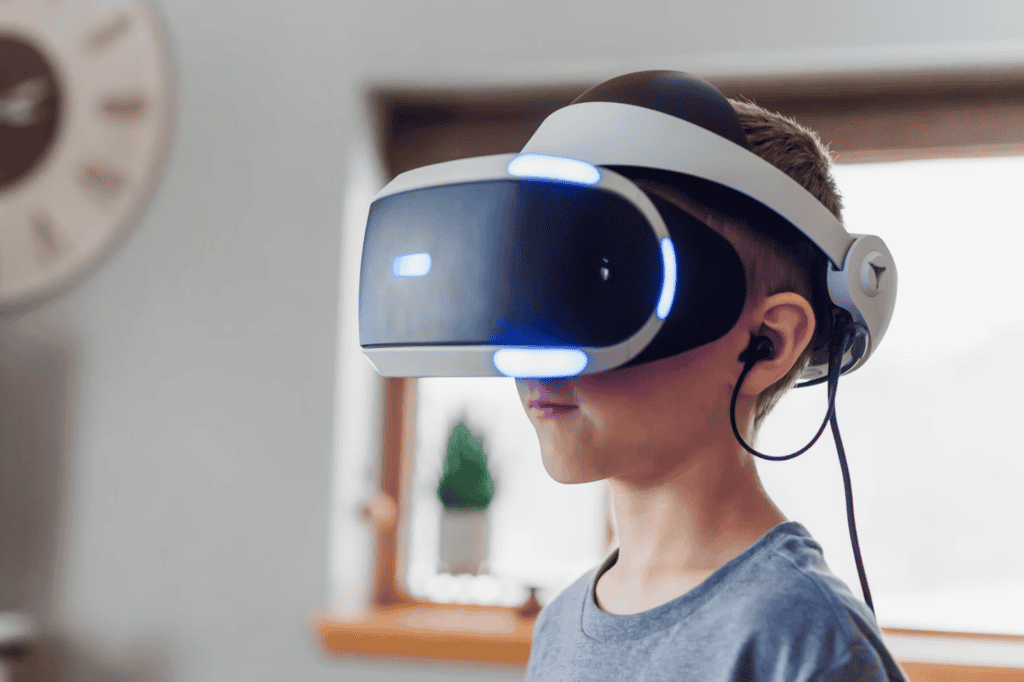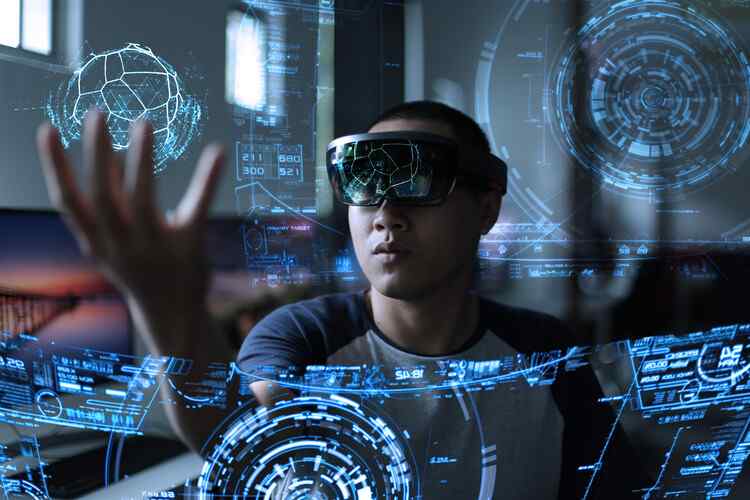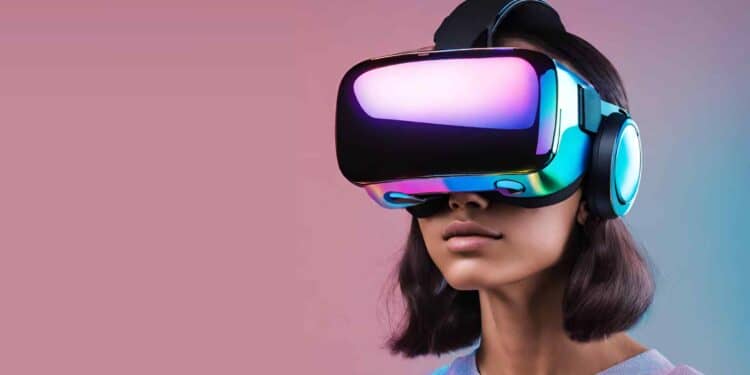When you examine the top benefits of virtual reality in healthcare, you’ll uncover how this technology changes patient care and medical training. Imagine doctors using 3D models to explain conditions more clearly, or patients undergoing pain-free rehabilitation through engaging, tailored exercises.
Medical professionals can practice complex procedures in a risk-free environment, while calming virtual settings promote wellness and pain relief. The advantages extend to understanding intricate biological structures and enhancing patient adherence to treatment plans.
Curious about how VR is revolutionizing healthcare? Let’s break down these seven key benefits in detail.
7. Enhances Patient Treatment
Virtual reality (VR) can greatly improve patient treatment by providing immersive and interactive experiences that enhance the quality of care.
Imagine putting on a VR headset and being transported to a calming beach while undergoing a painful procedure. It sounds amazing, doesn’t it? VR can help distract patients from pain and anxiety, making treatments less stressful.
For physical therapy, VR can turn boring exercises into fun games, motivating you to stick with your regimen.
It can also help doctors explain complex medical conditions and procedures in an easy-to-understand way. Instead of staring at confusing charts, you can see 3D models that make everything clear.
VR is like having a magical tool that makes healthcare more effective and patient-friendly.
6. Improves Medical Training

Beyond benefiting patients, VR also revolutionizes medical training by providing realistic, hands-on experiences for medical professionals. You can practice complex surgeries and procedures without any risk to real patients. It’s like having a flight simulator but for doctors.
This tech allows you to make mistakes and learn from them, improving your skills and confidence in a controlled environment. Plus, it’s cost-effective since it reduces the need for expensive cadavers or live patients for practice.
Here’s a quick look at how VR improves medical training:
| Benefit | Explanation | Example |
|---|---|---|
| Realistic Practice | Simulates real-life medical scenarios | Practicing surgery on a virtual body |
| Safe Environment | No risk to real patients | Students can make and learn from mistakes |
| Cost-Effective | Reduces need for physical resources | Less reliance on cadavers |
| Enhanced Learning | Immersive experiences aid retention | Visualizing anatomy in 3D |
5. Facilitates Physical Rehabilitation
Leveraging virtual reality in physical rehabilitation can greatly enhance patient outcomes by making exercises more engaging and tailored to individual needs.
Imagine doing your therapy exercises on a tropical beach or inside a thrilling video game; it’s much more fun than a typical rehab room. With VR, you can track your progress in real-time and receive instant feedback, helping you improve faster. It’s like having a personal coach who’s always there to guide you.
Plus, VR can adapt exercises to your specific needs, making each session more effective. This tailored approach not only heightens motivation but also guarantees you’re performing movements correctly, reducing the risk of further injury.
You’ll be more likely to adhere to your rehab plan and see better results.
4. Provides Pain Relief
Thanks to VR, you can experience significant pain relief by immersing yourself in a different, more soothing environment.
Imagine being able to escape your hospital room and instead wander through a calming forest or sit by a peaceful beach. VR helps distract your mind from pain by engaging your senses in these virtual realms.
This distraction is powerful—it reduces your perception of pain and makes your treatment feel less intense. Doctors use VR for patients dealing with chronic pain, post-surgery discomfort, or even during painful procedures.
3. Promotes Wellness

Regularly incorporating virtual reality into your routine can greatly enhance your holistic wellness by reducing stress and promoting mental relaxation.
Imagine escaping to a peaceful beach or a serene forest without leaving your home. VR can transport you to calming environments, helping you unwind after a hectic day.
It’s not just about relaxation; VR can also improve your mindfulness and focus. You can practice guided meditation or breathing exercises, fully immersing yourself in the experience. This powerful tool helps you disconnect from daily stressors and refocus your mind.
Plus, VR wellness programs often include gentle physical activities, like virtual yoga, that can augment your overall well-being.
2. Aids in Understanding Complex Biological Structures
Virtual reality can revolutionize how you understand and interact with complex biological structures.
Imagine putting on a VR headset and suddenly you’re inside the human body, navigating organs, tissues, and cells up close. You don’t just read about the heart; you can see it beating, observe blood flow, and understand its anatomy in 3D.
This immersive experience makes learning more intuitive and engaging. Complex structures like neurons in the brain or the intricate layers of skin become easier to grasp. With VR, you can manipulate and study these structures from all angles, deepening your comprehension.
This technology converts abstract concepts into tangible realities, making them accessible and fascinating. It’s like having a superpower for understanding biology!
1. Improves Patient Engagement and Adherence
Engaging patients in their own healthcare journey becomes more effective and enjoyable with the use of virtual reality. You can immerse yourself in interactive experiences that make learning about your condition fun and engaging.
As an example, VR can simulate real-life scenarios where you practice managing your health, like taking medications or performing physical therapy exercises. This hands-on approach helps you remember and stick to your treatment plan better.
Imagine walking through a 3D model of your heart to see how lifestyle changes impact your health. It makes the information stick and feels less like a lecture.







